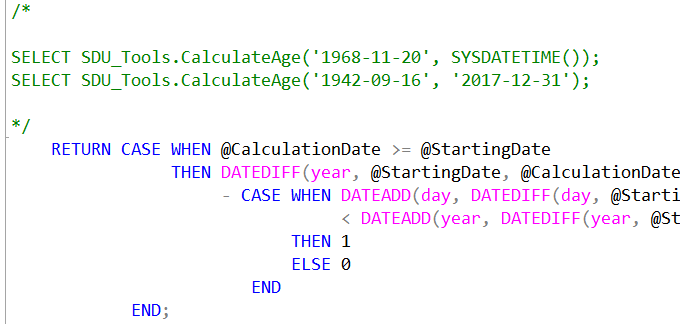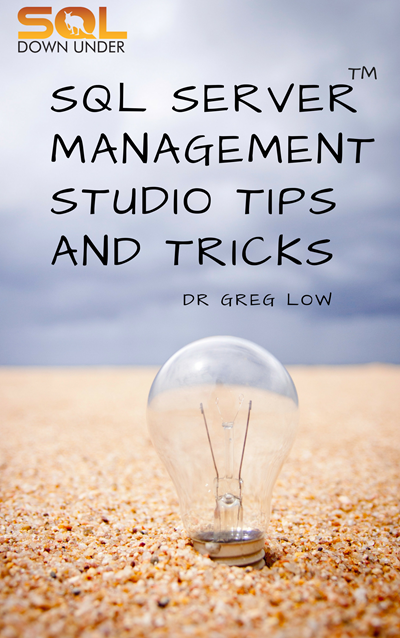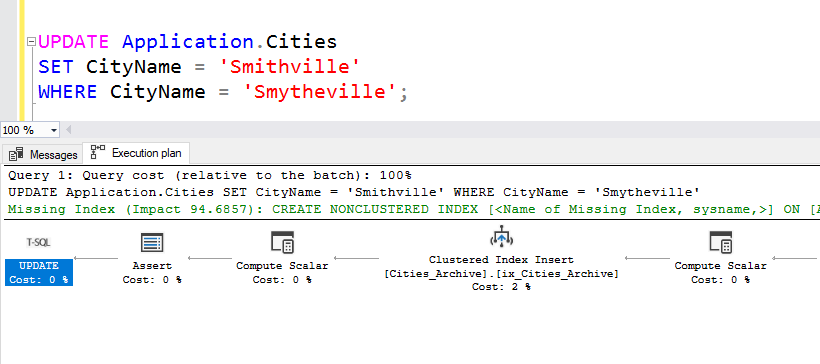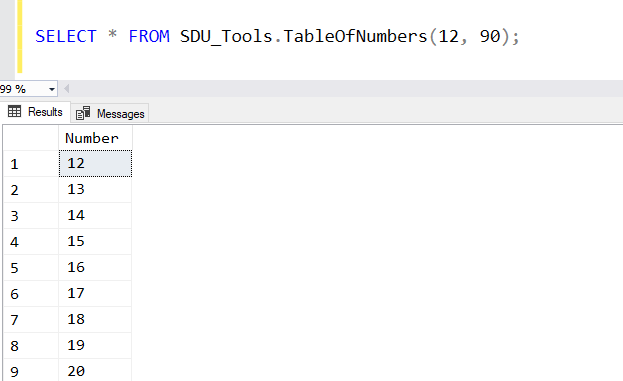
SQL: Implicit vs Explicit Transaction Handling - JDBC Driver I'm looking at you
In a relational database like SQL Server, transactions are the mechanism used to ensure that entire operations either complete or are rolled back. The obvious example used to be that if you transfer funds from one place to another, that both the debit and the credit need to occur, or neither occurs.
Fair enough and straightforward enough.
Computers also try to give you the illusion that you are the only one using them. Concurrent transactions are a place where that illusion breaks. While you are working in a transaction, you are potentially affecting other users of the system. So we try to manage how long transactions are held open for. The aim is to always have transactions protect what’s needed but be as short as possible.
2018-04-30










